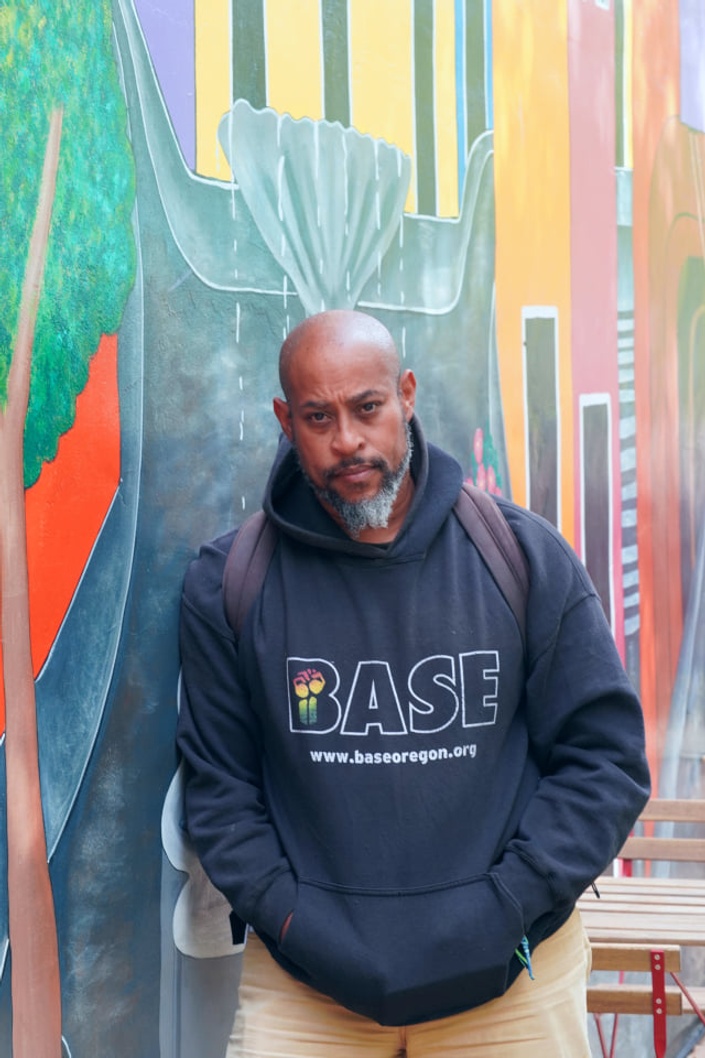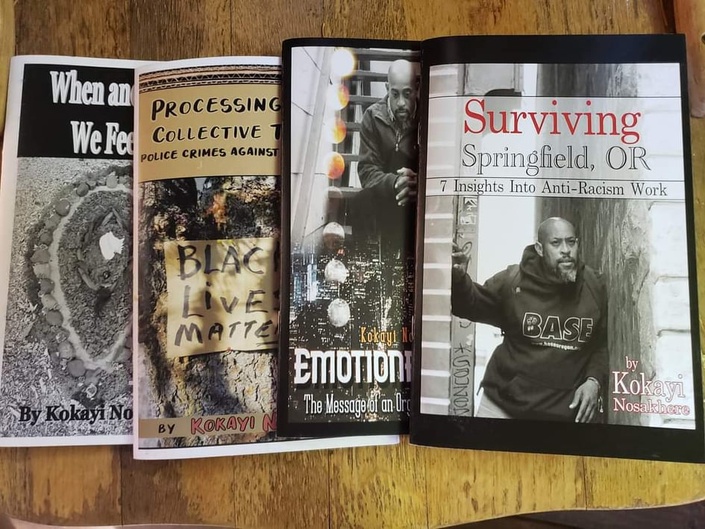
The Paradox of Guidance: “I’m Woke! Now, What Do I Do?” Part Two
Continuing exactly where Beyond the Epiphany left off, it is assumed the Reader is working from the ten basic ideas. The ten basic ideas are not summarized here. This is a stand-alone book, focusing on providing 1) more in-depth introspective questions, 2) suggestions for exercises to build racial awareness and 3) recommendations for additional education.
Chapter eight explores a solution to white racial innocence. True to the science of how medicine is crafted, this solution is formed where it is needed the most: Southern Oregon. Welcome to Racial Awareness Week. A college campus is a wonderful place to explore solutions to societal problems. Unfortunately, regular life is not a warm learning environment.
It is taboo to openly discuss race, racism and whiteness in the majority of European American communities.
When the taboo is broken, an emotional charge is released. Managing that emotional charge is the number one skill of anti-racism educators. Because European Americans have to heal other European Americans, Chapter nine shares strategies for breaking the taboo and experiencing the least amount of emotional charge.
Chapter ten seeks to translate the intellectual theory into physical effect.
Rural Oregon provides a wonderful playground for this work. Two encounters are described here. The first encounter involves an European American man who is at the book club level. The second encounter involves an European American man further along on his healing journey, yet still problematic.
To keep disappointment and despair at bay, chapter eleven gives the heroic example of Barbara Henry.
In 1960, she chose to walk out of white supremacy towards the next horizon of our collective humanity when six year old Ruby Bridges walked through into her classroom. Chapter eleven, tells their story.
Chapter twelve brings us to the challenges of fostering change in 2023.
What do you do if you are a social justice parent and your son accomplishes in one moment of direct action what years of patient education did not?
We started on a college campus and we conclude our exploration with a behavioral scientist from New Zealand sharing insights about American race relations. Where? At the University of Alaska, Anchorage. What is her main conclusion? That recovery spaces are needed in our society. Yes to Multicultural Centers on college campuses and yes to recovery spaces in the community. In other words, racial trauma centers are needed to help European America grieve its sense of loss over being perceived under a racial light.


